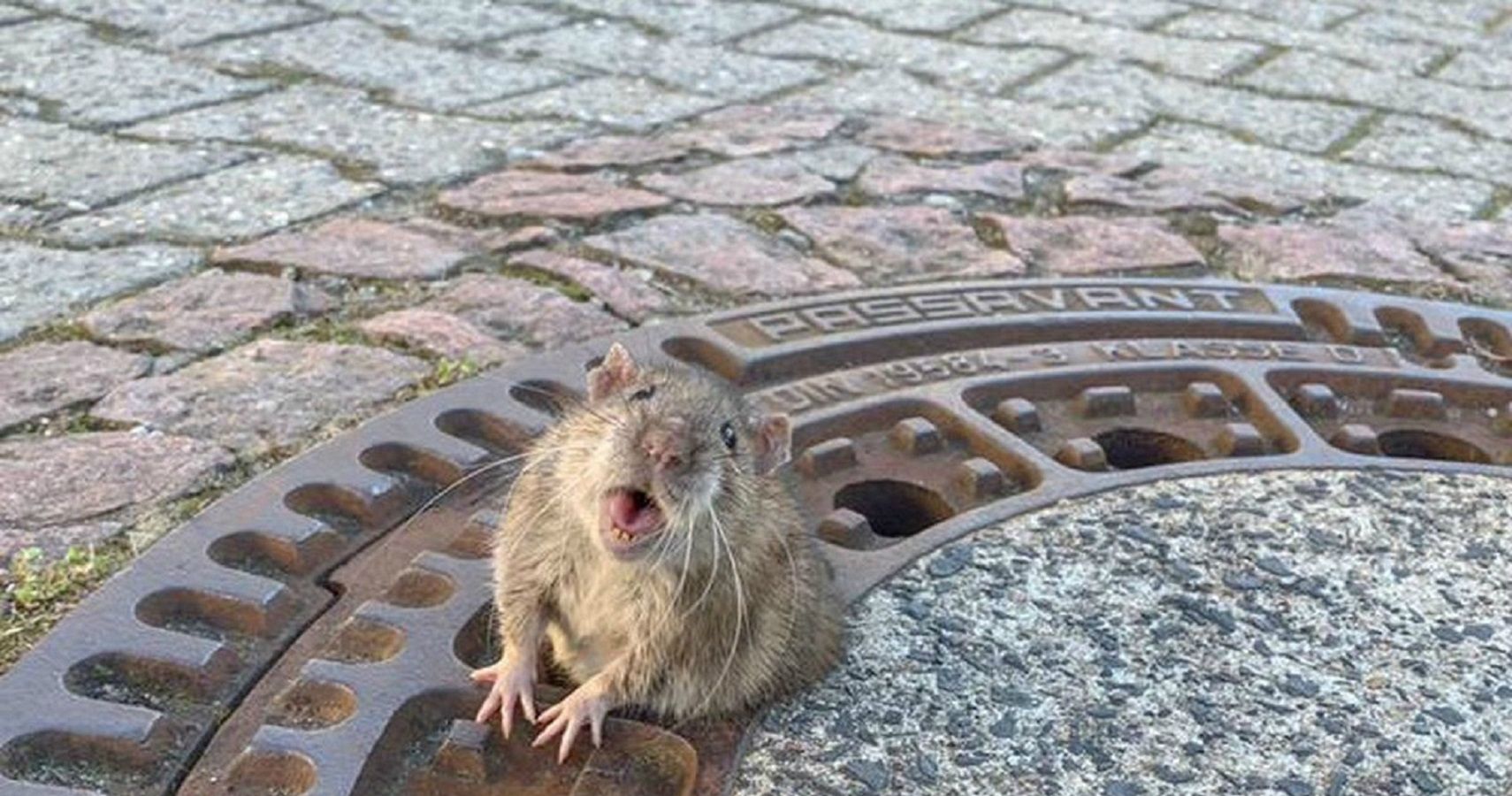In Bensheim, Germany, a city of 40,000 inhabitants at the edge of the Odenwald mountains, firefighters were tasked with an unusual rescue last Sunday. A rat with a few extra pounds had gotten stuck in a sewer manhole.
"She had a lot of winter flab and was stuck fast at her hip - there was no going forward or back," rescuer Michael Sehr told local media.
It took eight firefighters and an animal expert to get the rodent back in the hole, though some questioned why so much manpower was needed to save a mere sewer rat.
"Even animals that are hated by many deserve respect," Sehr responded.
The firefighters, who are volunteers, received a call regarding an "animal rescue” of a “small animal." Sehr, who works at the local animal rescue in Rhein Neckar, arrived before the firefighters, but he was unable to free the overweight rodent from the manhole cover.
The team of firefighters ended up lifting the manhole cover and propping it on wedges while Sehr attempted to squeeze the rat out of the hole. Finally, she was liberated back into the sewer. Soon after, photos of the chubby rodent went viral. The animal rescue team's Facebook page was inundated with hundreds of comments praising the rescuers for saving an animal that is often the target of scorn and extermination.
RELATED: Rats In India Are Being Blamed (Again) For Guzzling Confiscated Alcohol
"We are honored and happy about this high sympathy for the rescue of the rat in Bensheim," the organization responded. "We, as well as the voluntary fire brigade, are more than just amazed how many media portals - even international - have reported about it, where we all actually did our work. But what was really nice to us is the innumerable many positive emails we got."
Rats are renowned for eating a third of their body weight each day. The rodents, which are true omnivores, will eat anything, including soap, leather, furs, candy, milk, meat, vegetables, poultry, eggs, grain, seeds, fruit, nuts, snails and other rodents. They can also catch fish and will readily eat carrion. Near homes, rats also eat pet food, birdseed, grass seed, garbage, dog feces, and uneaten or discarded food.
Though they will eat nearly anything, rats prefer grain, livestock feed, and meat. Unlike mice, which nibble a little at a time, rats fill up at one sitting. They also hoard and cache food, which can cause insect infestations. Like mice, rats will live in freezers and feed on frozen food. They eat so much that one rat can leave behind 25,000 droppings per year. Though generally hated, rats as pets pose no more of a health risk than cats or dogs. When tamed, rats are generally friendly and can be taught to perform selected behaviors.
NEXT: Tiniest Baby Boy Ever Born - 9.45oz - Heads Home In Japan

